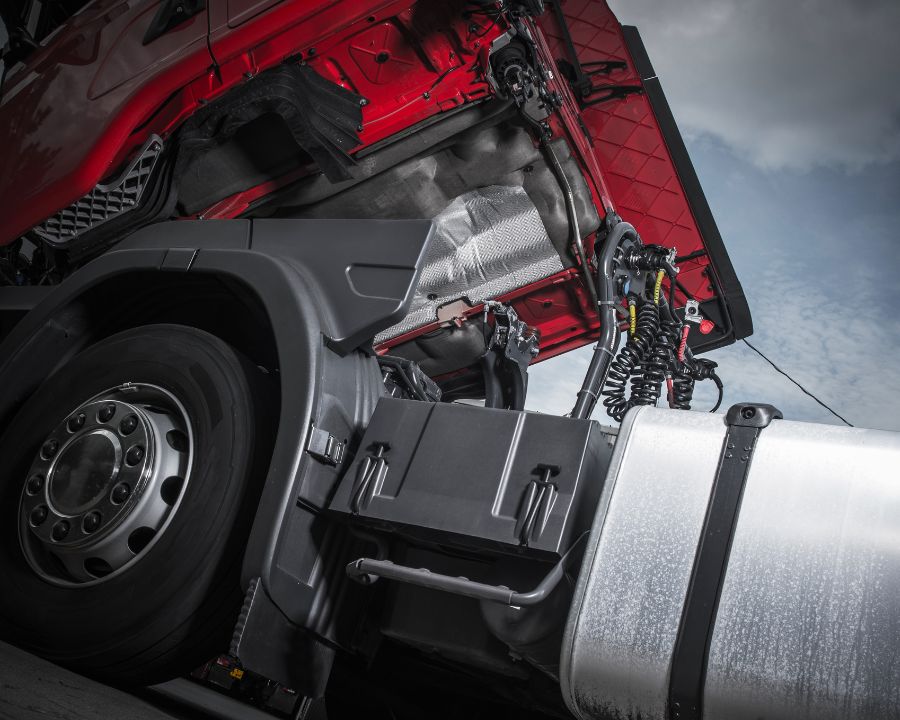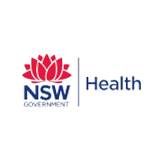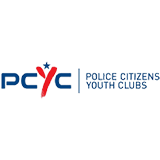Protect Australian Workers on the Move
At Youthsafe, we’re committed to protecting Australia’s workforce by helping businesses improve transportation safety awareness. Our tailored solutions help corporates reduce workplace injuries, ensuring employees return home safely every day. Discover how to make a difference in workplace safety.
Want to know more about how we enhance the safety of your employees on the road?
Send us a message
Understanding injuries in Australian workplaces
In Australia, transportation-related incidents remain a significant contributor to workplace injuries and fatalities leading the Australian Work Health and Safety Strategy 2012-2022 to identify it as a national priority (Safe Work Australia). As our cities expand and industries evolve, the need for robust safety measures while on the road has never been more critical.
Safe Work Australia’s “Key WHS Statistics Australia 2020” reports that in 2019 there were 79 fatalities from vehicle collisions which accounted for 43% of all fatalities. Safe Work Australia also reports that 85% of worker fatalities (232 fatalities) involving vehicles on public roads were a result of collisions.
These figures underscore the urgent need for comprehensive on-the-road safety strategies in Australian workplaces. Factors contributing to these incidents include long working hours, fatigue, inadequate training, and poor vehicle maintenance.

The economic impact is equally concerning. Work-related injuries and illnesses cost the Australian economy millions annually, with transportation incidents representing a substantial portion of this figure.
However, there’s hope. With targeted interventions and a commitment to safety culture, many of these incidents are preventable. This is where Youthsafe’s expertise becomes invaluable, offering tailored guidance to enhance transportation safety across various industries.
Claims in the road transport industry
5,100
Accepted claims per year
7.4
Number of weeks required away from work
$12,800
Median compensation payment
14
Number of claims per day
Source: Safe Work Australia, Road Transport Industry Profile
Location of injuries
21%
Back injuries
15%
Shoulder and upper arm
10%
1.8 fatalities per 100,000
9%
Ankle and lower leg
8%
Hand, fingers, and thumb
7%
Wrist, elbow, and forearm
Source: Safe Work Australia, Road Transport Industry Profile
How businesses can enhance transportation safety for employees
With vehicle-related incidents accounting for a significant portion of workplace injuries and fatalities in Australia, businesses must take proactive steps to protect their workforce. By implementing comprehensive safety measures, companies can not only reduce the risk of accidents but also boost productivity, improve employee morale, and demonstrate their commitment to corporate responsibility.

Implement comprehensive risk assessments
Businesses should conduct regular, thorough evaluations of their transportation operations to identify potential hazards and areas for improvement. This involves analysing routes, vehicles, and work practices to create a detailed risk profile. By understanding the specific risks faced by their employees, companies can develop targeted safety strategies that address their unique challenges and operational requirements.

Arrange customised training programs
Investing in targeted training programs and other resources is crucial for enhancing transportation safety. These programs should cover defensive driving techniques, fatigue management, load security, and vehicle maintenance. By focusing on practical skills and real-world scenarios, businesses can empower their employees to make safer decisions on the road, significantly reducing the likelihood of incidents and injuries.

Establish and enforce clear safety policies
Developing comprehensive policies that highlight safety while on the road is essential for creating a culture of safety. These policies should align with Australian regulations and industry best practices, covering aspects such as vehicle maintenance schedules, journey management procedures, driver responsibilities, and more. Clear communication and consistent enforcement of these policies are key to their effectiveness.

Provide ongoing support and pursue continuous improvement
Enhancing transportation safety cannot work with a set-and-forget strategy. It requires an ongoing process with constant attention and refinement. Businesses should conduct regular reviews of their safety performance, analyse incident data, and seek continuous improvement. Staying informed about the latest developments in the transportation industry’s best practices is crucial for maintaining a robust safety program.
What Our Community Says About Us
Our Partners





Invest in the safety of your workers by leveraging Youthsafe services—a trusted partner that’s worked with governments, businesses, and community organisations to prevent Australians from suffering avoidable injuries through highly responsive resources.
FAQs
Have more questions about how Youthsafe offers to protect workers?
See if we’ve answered your questions below.
Enhancing employee on-the-road safety can significantly impact your company’s financial performance. By reducing accidents and injuries, you’ll see lower insurance premiums, decreased workers’ compensation claims, and reduced vehicle repair costs. Additionally, improved safety practices often lead to increased productivity, better employee morale, and enhanced reputation, all of which contribute positively to your bottom line.
Common safety risks in Australian workplaces include driver fatigue, speeding, distracted driving, inadequate vehicle maintenance, and improper load securing. Environmental factors such as harsh weather conditions and wildlife on roads also pose significant risks.
At Youthsafe, we prioritise ongoing education and industry engagement. We maintain close relationships with safety technology developers, other industry leaders and professionals to stay abreast of the latest advancements. This commitment ensures that you benefit from the most current and effective transportation safety solutions available.


